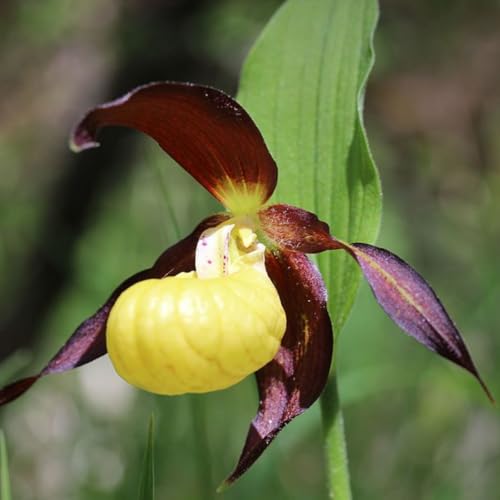Only for those obsessed with ratios. You are still missing the point (even from the earliest posts on this in 2011) its concentration not ratio.
Dear oh dear! NO NO NO!!!! PLEASE... FORGET....CONCENTRATIONS!! (they can be adjusted ATFER you get the RATIOS right.
Try this.
Annual litterfall in a NG rainforest in kg/ha.
N 91, P 5.1, K 28, Ca 95, Mg 19
Annual throughfall in the same forest.
N 30, P 2.5, K71, Ca 19, Mg 11.
Both combined (annual nutrients plants growing on the ground leaf litter layer will have access to) These are the 2 major nutrient pathways as determined by the P. J. Edwards NG Study. Are we agreed on this at least?

??
N 121, P 7.3, K82, Ca 115, Mg 25.5.
Once again... the above figures are the ANNUAL EXCHANGABLE AVAILABLE nutrients to the ground plants.
Now.....To explain again what ratios actually mean and how they are determined.... And please just for one second forget about concentrations!
The ratios ( quantaties of nutrients in relation to each other) are worked out like this: (and yes you are right about my dislike for maths but I have a calculator)
Phosphorus divided by Nitrogen. (in this case) 7.3 divided by 121 gives us...
P/N of 0.06 Remember N = 1.
K/N of 0.6
Ca/N of 0.9 (please check what I wrote about Ca application above)
Mg/N of 0.2
K-lite ratios:
P/N of 0.1....No problem there!
K/N of 0.1....You tell me???
Ca/N of 0.7....No problem as there is also no such thig as Ca toxicity (interference-yes)
Mg/N Well as long as its less than half the Ca also fine.
The stemflow figures for ''bark epiphytes'' Eg Dendrobiums Phals Catts etc. have nuch higher K/N ratios
Manutec orchid food.
K/N of 0.5
The Wang study of K in Phals (and please spare the ''but their hybrids bred for high K'' and ''this study is flawed'' bunkum) found K/N ratios of 0.5 still showed K deficiency and I'm not surprized as stemflow is typically K/N of 1 or higher!
Why are you still missing the point?













































